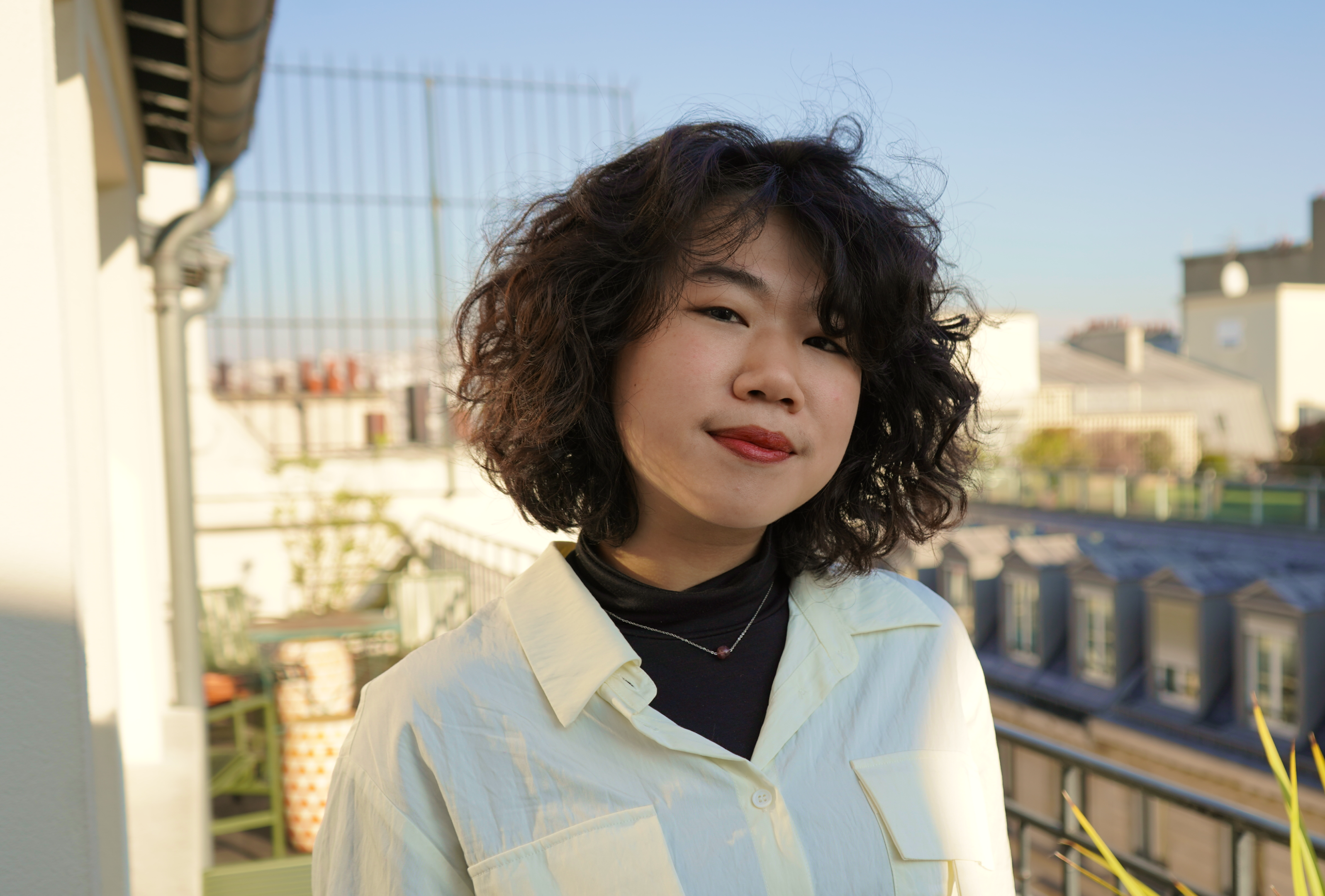Virginie Coux has been a Product Designer for ten years. Having worked in both startups and large corporations, she has witnessed the evolution of design from the inside. Here, she shares her detailed perspective on the future of her profession through three scenarios of anticipation.
🌈 The 2010s/2020s: The Golden Age of UX
I started my career in the 2010s, and I remember this period as a decade of tech-driven innovation. Several notable elements emerged:
- The booming digital market saw significant growth through smartphones and their application ecosystems.
- Technology became democratized with flat and touch screens (iPhone), voice recognition (Siri), IP TV with set-top boxes, and sports watches with integrated GPS and heart rate monitors.
- The continuous birth of digital startups disrupted the market and our lifestyles.
And what about design? It made headlines through UX, as seen in France since 2007, thanks in part to the ergonomics market. What we call "good UX" has become a competitive advantage for companies aiming to revolutionize a given sector. By 'good UX,' we primarily mean the "usability" and "simplicity" of interfaces. Similarly, through the concept of UX, design thinking has become democratized. By the late 2010s, UX Design had become a standard!
I also recall that design was initially poorly integrated into companies, with an user-centered approach that was rather offered by specialized or creative agencies. By the late 2010s, French companies experienced a transformation similar to their American counterparts: in addition to digital transformation and changes in practices through Product culture, they became aware of the business value of design and started internalizing this resource.
💫 Digital Design Today: the paradigm shift
Today, we are in an increasingly competitive context. This requires products that are technically feasible and quickly brought to market. Therefore, it is more efficient to have a designer within the Product teams who can continuously shape the product and its evolution.
Emerging roles:
The role of UX Designer is becoming rarer in favor of a more customized and generalist role: the Product Designer. This new role involves a change in posture:
- Designers no longer work alone but in multidisciplinary teams, evangelizing their job and making Design Thinking more accessible.
- Understanding the user and being their advocate is no longer enough. Designers must understand the company's business challenges to continue having a say in product decisions.
In parallel, other more specific roles are developing as teams grow: User Researcher, Design Ops, Content Designer, etc.
Have Designers lost their critical mind and overall vision by integrating into the company? Or is it easier to stick to a pure production role since usability and aesthetics of interfaces are a given?
The downside:
However, the place of design in companies is often as follows:
- It has been democratized but has not amplified its strategic impact: it remains primarily the provider of beautiful mockups.
Its place between Product, tech, and data teams remains to be determined.
How did we get here? Have Designers lost their critical mind and overall vision by integrating into the company? Or is it easier to stick to a pure production role since usability and aesthetics of interfaces are a given? These questions are worth asking, but I must admit – and I'm sorry about it – that I don't have a clear and obvious answer.
However, it is also evident that production roles – even those requiring high skill levels – are always easier to replace and automate than strategic roles. The operational dimension for which many Designers are hired today is becoming industrialized. As Giuseppe Attoma shared in Design Fax:
“Without any value judgment, many UX Designers are somewhat like specialized workers in this digitalizing industry. Tomorrow, we might have to manage a sort of ‘digital steel industry’ as automation progresses. Actors like Figma are eliminating the workforce with automation processes. The question is thus posed: what will happen to these cohorts of UX Designers? Today, we are between mass production and luxury craftsmanship. Tomorrow, what place for design automation? Generally, it is necessary to manage both the strategic and operational components of design.”
🤔 Digital Design tomorrow: what roles for Designers?
If Designers no longer need to produce as they do today, should they fear for their future? Or is this an opportunity to change the game? If design departments in companies grow, structure, and industrialize, what scenarios might unfold?
Scenario 1: The Product Designer becomes a Design Technologist
Whether framed by a system, augmented by no-code, or assisted by AI, part of our work will always be to produce high-value solutions. And that's very good news!
By becoming Design Technologists, Designers evolve in how they produce said solutions thanks to technology. This new skill may eventually bring them closer to a role between design and engineering.
To illustrate my scenario, one only needs to look at two current technologies:
- No-code suggests that Designers might eventually replace front-end developers.
- Artificial intelligence could turn Designers from pixel experts into natural language query experts for generating components.
This should drastically change part of the Designer's work; it's only a matter of time.
Scenario 2: The Product Designer cecomes a Product Manager
Designers will need to evolve to understand the business language: strategy, data, and marketing. This is crucially missing for most of us today: the ability to step out of the pure Designer role and get closer to strategy.
Some of us are likely already noticing that the roles of Product Manager and Product Designer sometimes overlap. This overlap may carry on, leading to hybrid or more specialized profiles. While it's reasonable to question how one person can deliver quality work by combining these roles, the rapid automation of production tasks might make this feasible. Companies already hire profiles capable of doing both, which is a signal worth following closely.
Scenario 3: The Product Designer becomes an Ecosystem Designer
This scenario is linked to the idea of responsibility. This latter is vast and cannot rest on a single role, but I believe the Designer’s skills make them ideal to champion it.
Being at the core of the action has many advantages, but Designers can also lose part of their strength by getting closer to the product and the company.
- Their critical perspective: why are we building this product? Are we addressing the right question?
- Their global vision of the Product experience: what overall logic do we want to create through our products?
- Their understanding of the product's impact beyond business: by doing this, what will be our impact (social, environmental, etc.), what will be the externalities?
I often wonder if Twitter would be what it is today if Designers had highlighted its impact on democracy? Or Airbnb on real estate? Shouldn’t we rethink the Designer’s role within the company to enhance their impact? I am convinced that scaling up to the level of the company’s product ecosystem could help Product teams gain much-needed perspective today.
Perhaps one of these scenarios will come true. Or maybe not. We can talk more about trends because who can claim to predict the future? I can't, but this design fiction exercise is thought-provoking.
In my view, it is essential to remember that the Designer's role is protean – it changes, transforms, and adapts – just like design itself, which evolves constantly without disappearing. So it's safe to say that we will still have our place in the future. But one thing is certain, it won’t just be for making mockups anymore!
Thank you to everyone who helped prepare and develop this topic, especially Rémi, Benjamin, Louise, and Thomas. 🫶
For more information: download our book Product Design Toolkit




